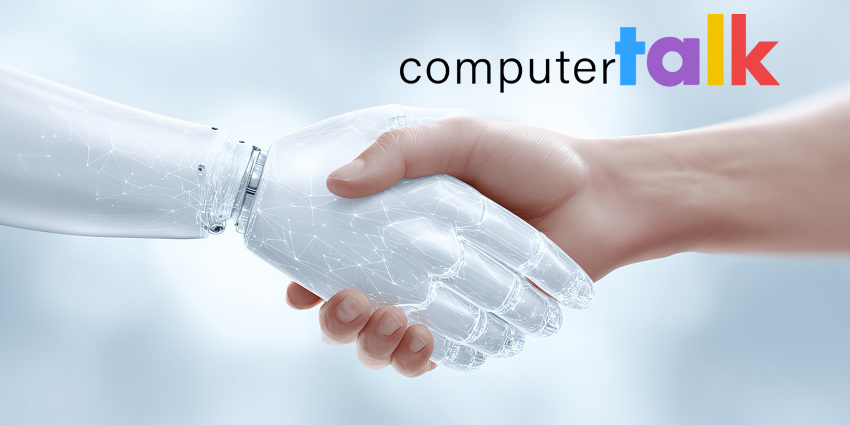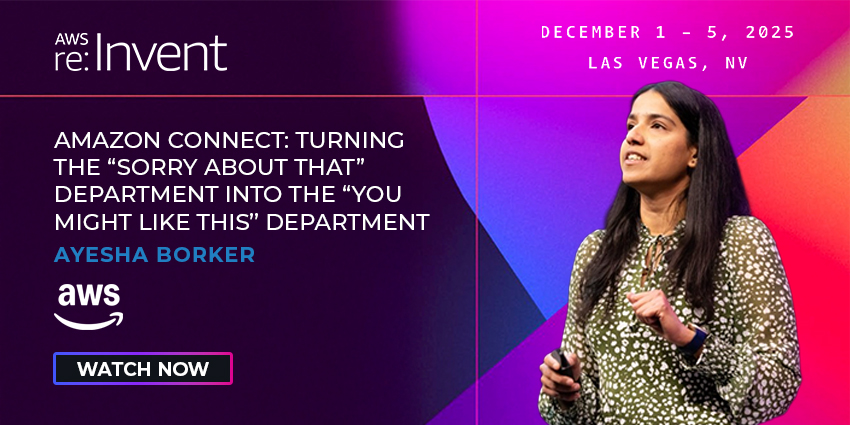For years, the contact center industry has wrestled with the same question: will AI eventually replace human agents?
From headlines about automation taking jobs to predictions of agentless call centers, the narrative has often leaned towards inevitability.
But at the contact center coalface, the picture looks very different – and far more human.
A recent Gartner study predicts contact center agent roles will actually increase over the next three years, suggesting that AI is reshaping how work gets done, but isn’t erasing the human role.
Instead, the focus has shifted to collaboration, with AI taking on repetitive drudge work while human agents bring empathy, judgment, and the kind of customer connection machines can’t deliver.
That’s where ComputerTalk is placing its bets. As Mackenzie Ellis, Solutions Specialist at the company, told CX Today:
“AI is increasingly supporting agents, not replacing them. It’s handling the mundane tasks. The reality is that AI helps, but it doesn’t remove the need for people.”
Trust First, Tech Second
Even with encouraging research, skepticism among frontline workers is still high.
Agents often see AI as a threat to their livelihood rather than a tool to lighten the load. According to Ellis, the fear boils down to two things: trust and transparency.
“Agents really need to trust that AI is there to assist them, and businesses need to do more training before they roll it out,” she said.
“What we’ve seen is that businesses want to push AI through, but the actual workers are hesitant to start leveraging it.”
Put simply: agents don’t fear the tech; they fear being left out of the rollout.
To counter that, ComputerTalk has shifted its approach. Instead of keeping decisions at the executive level, the company now involves supervisors and frontline teams in demos and pilots.
The goal is to show, in practical terms, how AI can help agents succeed, not hinder them.
Smarter Onboarding, Sharper Coaching
Once agents begin using AI tools, the benefits tend to speak for themselves.
Onboarding is a good example. Contact centers are known for high turnover, with many treating the role as a temporary step, which means that training new hires quickly and effectively is always a challenge.
Ellis explained how, during the onboarding process, “AI can assist in creating a more personalized plan.
“Simulated interactions allow agents to practice before going live, and then real-time nudges during calls can help them improve tone or pace.”
Supervisors also stand to benefit.
Few have time to sift through call recordings in search of teachable moments. With AI, coaching isn’t random; it’s targeted.
The system can flag calls worth reviewing, highlight coaching opportunities, and even deliver in-the-moment support if needed.
And then there’s compliance. For something like payment handling, AI can surface the correct workflow step-by-step, so nothing gets missed.
In doing so, the AI solutions help reduce risk while giving agents confidence.
Context Before the Call
Away from features and tools that assist agents during customer service interactions, Ellis also highlights what happens before an interaction even reaches an agent.
“Before the call is delivered to the agent, AI can authenticate the user and identify why they’re calling,” she explains.
“If it’s something routine, it might be resolved right away. But if it needs an agent, all that contextual information is passed along.”
That context can be the difference between a good call and a bad one.
If an agent knows the caller has reached out multiple times on the same day, they can adjust tone and approach.
If AI has already summarized previous interactions, customers aren’t forced to repeat themselves – a small change that has an outsized impact on satisfaction.
Transparency Still Matters
The last piece of the AI puzzle is transparency.
It might sound obvious, but customers don’t want to feel like they’re being misled or tricked into thinking that they’re conversing with a human when it’s actually a bot.
With AI-powered tech becoming more sophisticated and the line between human and AI becoming more blurred, customers increasingly want to know when they’re speaking with a bot versus a human.
This is a point that Ellis is particularly adamant about, as she explains:
“I think businesses should be more transparent when they’re using AI.
“There’s been a huge lag in adoption, which comes down to security and compliance.
“Customers want to know their data isn’t being used to train the model or stored unnecessarily.”
That need for openness may slow adoption in the short term, but it’s also laying the groundwork for sustainable trust.
The contact center of the future will almost certainly be powered by AI, but it won’t be a machine-only environment.
The defining question isn’t whether AI replaces humans, but how well businesses integrate the two.
You can learn more about ComputerTalk’s innovative approach to AI by reading this article.
You can also access the vendor’s full suite of services and solutions by visiting the website today.







